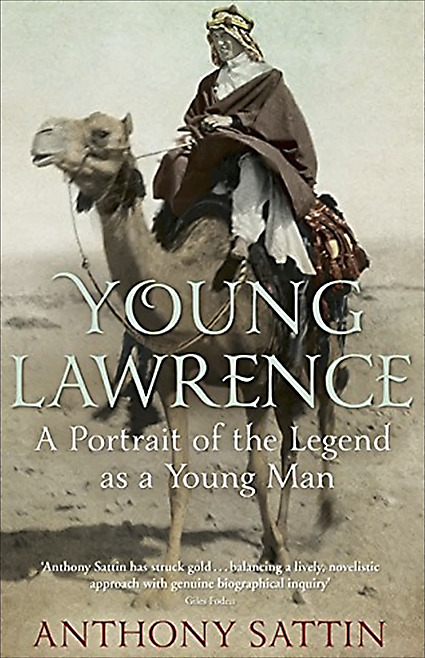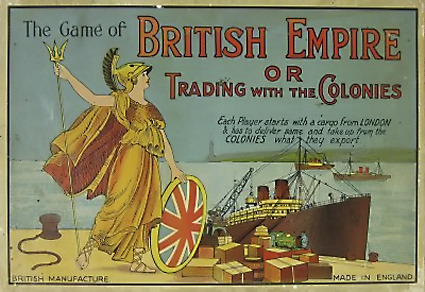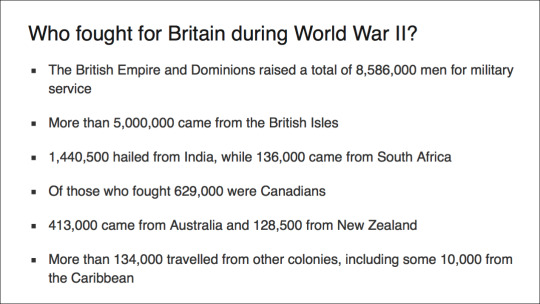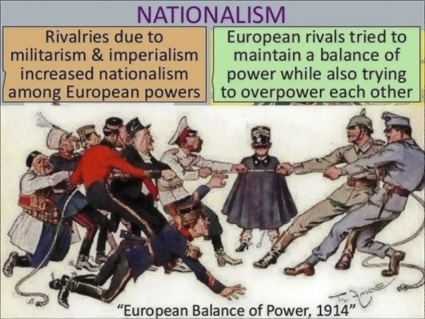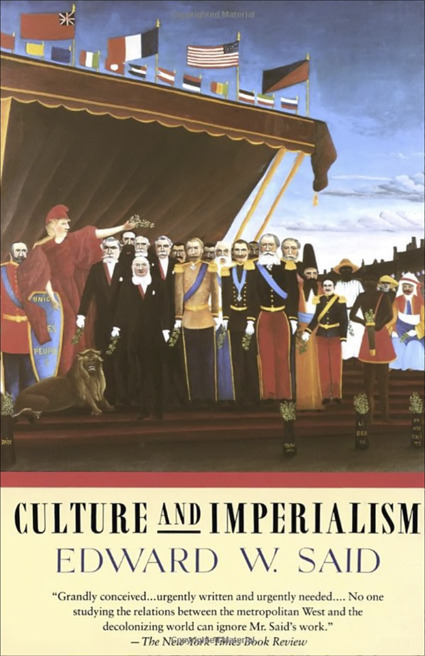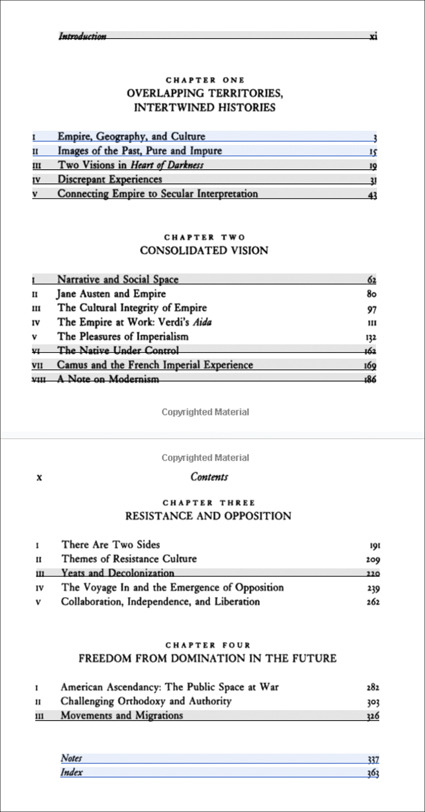Information, personal views and opinions on the Imperial era of Great Britain, with a particular focus on history, personalities and military aspects.
Don't wanna be here? Send us removal request.
Text
Africa 1914
Map showing the division of the African continent in 1914, at the start of WW1.
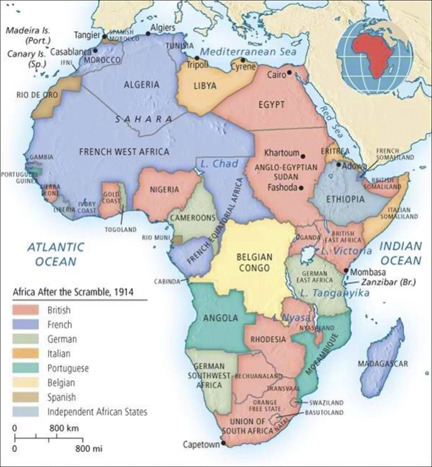
1 note
·
View note
Text
Frances Evelyn Daisy Greville
The life of Daisy Greville, nee Maynard, is a truly remarkable one. This was a woman that married a future Earl in Francis Lord Brooke, caught the eye of the Prince of Wales (the future Edward VII) and who stood for the Labour Party in 1926.
She was a member of the landed elite but favoured the socialist idea of land nationalisation.The Countess spent extravagant amounts on parties, yet, gave considerable amounts to the poor.When she stood for parliament for the Labour Party on a socialist platform she still wore impressive pearls and a fur coat. She certainly did it her way.
Daisy stood out from the beginning. She thwarted the plans of Queen Victoria, who had planned a marriage to her youngest son, Prince Leopold. Instead, in 1881, Daisy would marry Francis Greville, who by 1893 became the 5th Earl of Warwick, one of the premier titles in Great Britain. Daisy provided the Earl with a son in 1882, but by 1886 her eyes began to wander. Infidelity was accepted as long as it followed the age old tradition of discretion.
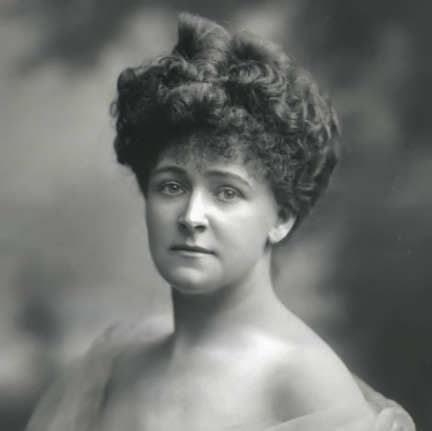
Daisy would become a royal mistress for nine long years. This came about as the Greville’s were a member of the Marlborough House Set, a gathering of the great and good of Edwardian high society, which the Prince himself headed. This should have made her position unassailable, but Daisy challenged the Prince on his attitude towards the poorest in society and, in a way, forced the Prince’s hand when he discarded her for Alice Keppel. Did she care ? Apparently not.
She realised she had been lucky in being born into her position in society, and sought to help those less fortunate than she was. Starting a home for those with disabilities, a needlework school for rural girls with a shop to sell their work she sought to offer opportunities to women and further their chances in a society very much closed off to them.
Socialism caught Daisy’s eye, and by 1904 she joined the Social Democratic Foundation, and gained new societal friends including George Bernard Shaw, H.G.Wells and Gustav Holt. She also turned her talents to essay writing, often on the merits of socialism. Later she undertook speaking tours, taking her as far as the United States in 1912.
With her foundation in the socialist movement, Daisy took an enormous gamble and stood for the Labour Party in a by-election for the seat of Warwick and Leamington in 1923. She would not be elected and lose by over 10,000 votes to Anthony Eden, who would later become Prime Minister.
Daisy would eventually turn away from politics and socialism altogether. In her later years she turned to the welfare of animals. She passed away peacefully in 1938 at the age of 76. Having led a remarkable life the contrast in her character really comes from her attitude towards helping the poor, the strength to follow the socialist ideals of the time, and her confidence to stand for election as a woman. Again, women looking for a role model should study Daisy’s life. She was well ahead of her time but remains largely unknown.
2 notes
·
View notes
Text
1911 Delhi Durbar
A large part of the ceremony consisted of the Maharajas taking their vows to the King. Here are two photos of the period showing the arrival of an unknown Maharaja.
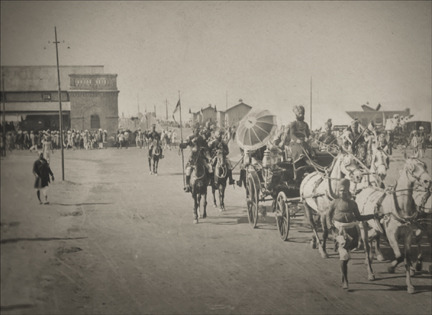
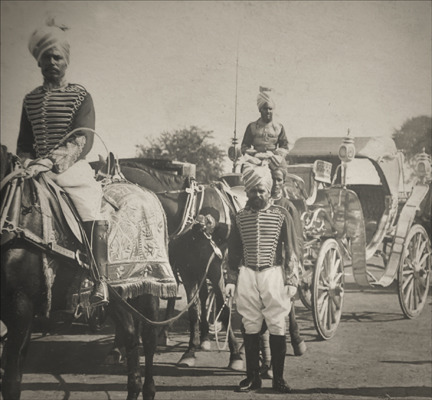
3 notes
·
View notes
Text
Total extent of Empire
Map showing the total extent of the British Empire at its zenith.
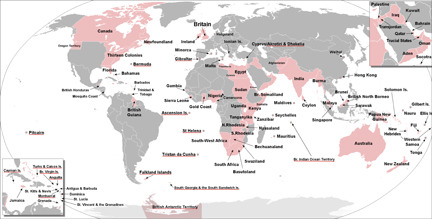
0 notes
Text
Desert Queen
I have posted about the extraordinary life of Gertrude Bell before and now mention a wonderful publication detailing her life. Titled “Desert Queen’ it is written by Janet Wallace and is the untold story of Geraldine, a woman as vital to the history of the Middle East, as her friend and colleague, Lawrence of Arabia,
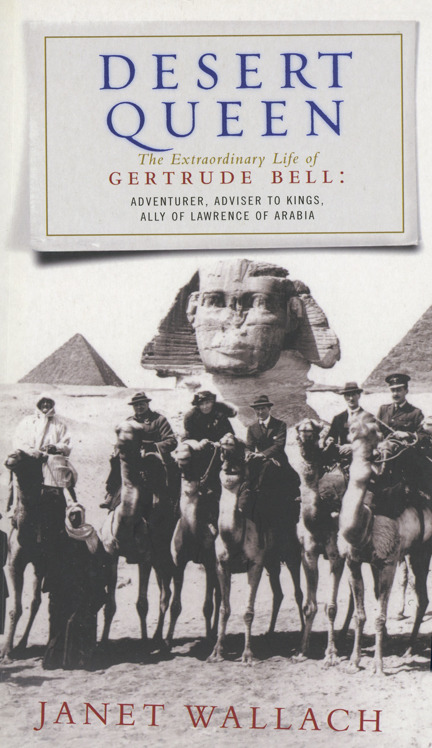
Turning away from privileged Victorian Britain, Gertrude Bell explored, mapped and excavated the world of the Arabs, winning the trust of Arab sheiks and chieftains along the way. After WW1 she played a major role in creating the modern Middle East, and was generally considered the most powerful woman in the British Empire.
A real role model for woman and in an entirely different class to those that play at woman’s rights from the safety net of luxury, wealth and power - this woman was the real deal, yet remains unknown.
1 note
·
View note
Text
Dividend Day
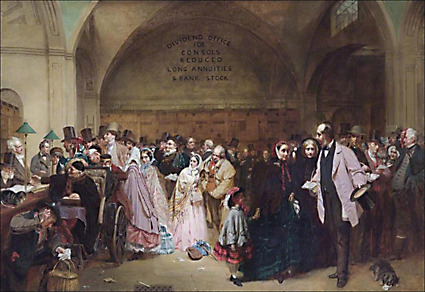
This George Elgar Hicks painting demonstrates a range of beneficiaries receiving their dividends from investing in the Bank of England. This was regarded as a very safe investment receiving modest but dependable receipts of about 3 percent per year (about the same as now!).
What is interesting about this 1859 painting is the broad range of social classes depicted. It clearly feels that the investors in this engine of the British and Imperial economy is drawn from all levels, genders and sections of society.
It is most certainly wrong, and an over romanticised depiction of the investors, but it still depicts the received wisdom of the age in that they believed that all could, and did, benefit from the Victorian economy.
The Bank of England would have underwritten investments, companies and corporations all over the British Empire and beyond. So, this image depicts the end result of the imperial system, with the profits of British and Imperial corporations trickling back to the home population, even if the facts don’t quite fit with this.
0 notes
Text
“Colonial Violence”
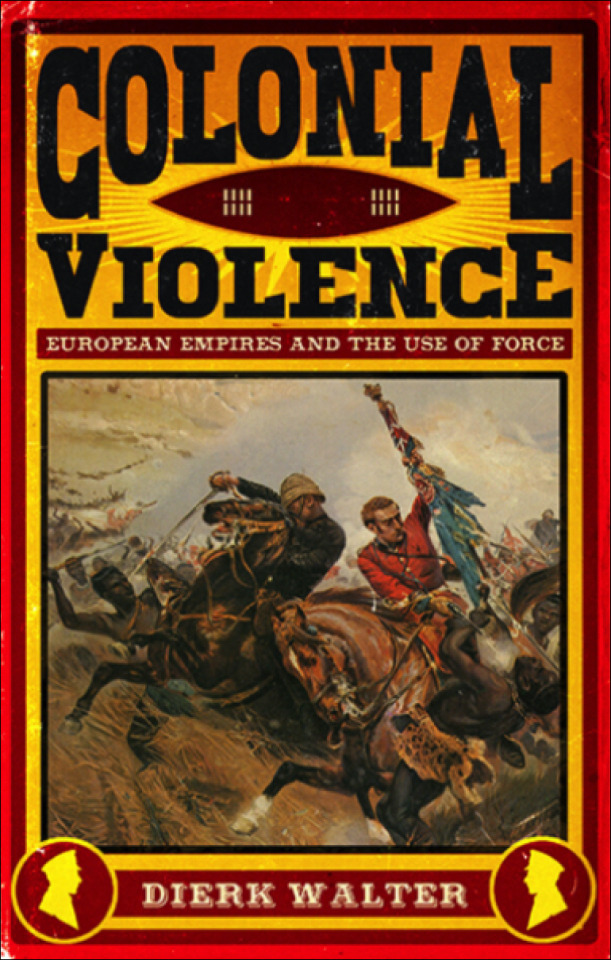
Western interventions today have much in common with the countless violent conflicts that have occurred on Europe’s periphery since the conquest of the Americas. Like their predecessors, modern imperial wars are shaped by geography and terrain and by pronounced asymmetries of military organisation, resources, modes of warfare and cultures of violence.
Today’s imperial wars are essentially civil wars, in which the Western powers are only one player among many. As ever, the Western military machine is incapable of resolving political strife through force, or of engaging opponents with no reason to offer conventional combat, who instead rely on guerrilla warfare and terrorism. And, as they always have, local populations pay the price for these shortcomings.
This book, by author Dierk Walter, is a comprehensive account of the methods used in pursuit of imperialism and colonial settlement. He concludes that recent military interventions are not new wars (not really a surprise to many) but stand in a 500-year-old tradition of transcultural conflict.
1 note
·
View note
Text
Imperialism - Asia 1914
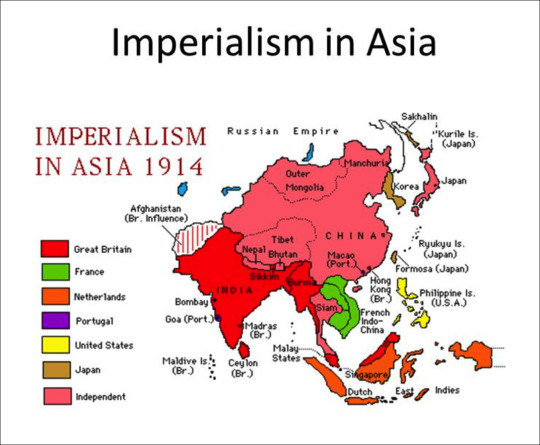
Asia too was subject to competition amongst the world powers, just like Africa.
0 notes
Text
Imperial control types
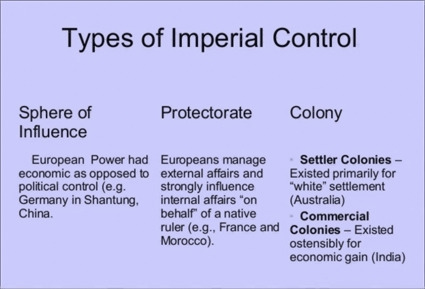
Simple explanation of the various form of control - for those that wonder what the differences are.
1 note
·
View note
Text
Durbar
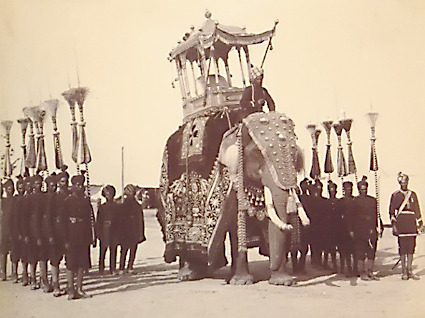
Old Indian print showing the elephant of the Maharajah of Mysore, at the Delhi Durbar. Not sure whether it was the 1903 or the 1911 one.
0 notes
Text
Heroic Imperialists ....
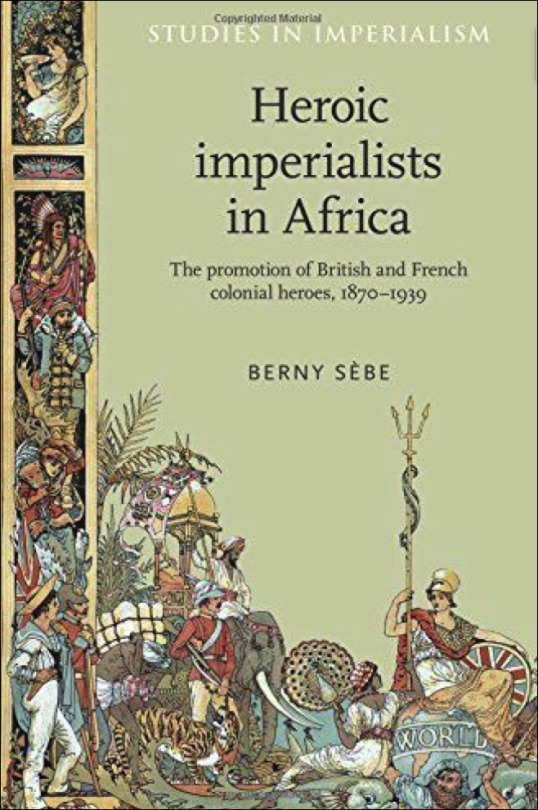
The author carries out a methodical deconstruction of some of the great figures of the late 19th-century imperialistic story-telling into three parts.
Part 1 analyses the political, cultural and media context in which these great characters developed.
Part 2 provides a typology of the various functions and uses of imperial heroes, drawing a distinction between the “indirect promoters” of colonial expansion, such as Livingstone, Gordon or Lavigeries and the “direct promoters” exemplified by the likes of Cecil Rhodes and Brazza.
Part 3 discusses the heroes in more detail.
All-in-all, a more balanced look at imperialism.
3 notes
·
View notes
Text
Arabia 1916-1918
Wonderful book by James Barr, which puts the conflict with Germany and their Ottoman allies in WW1 into perspective. Covers much more than the events surrounding the legendary Lawrence of Arabia, but now includes the other great characters involved.
Includes events surrounding the Anglo-French agreement, which dashed Arab hopes, with consequences that are still felt today.
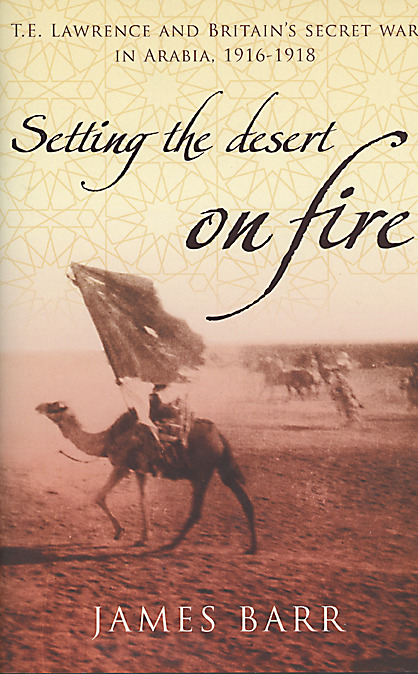
1 note
·
View note
